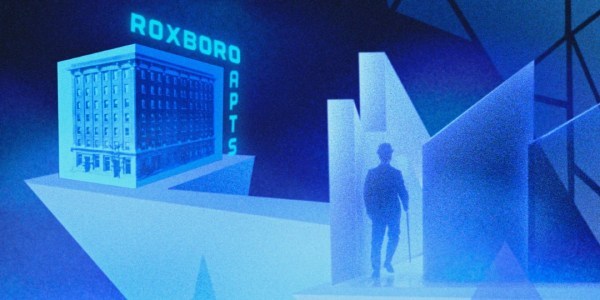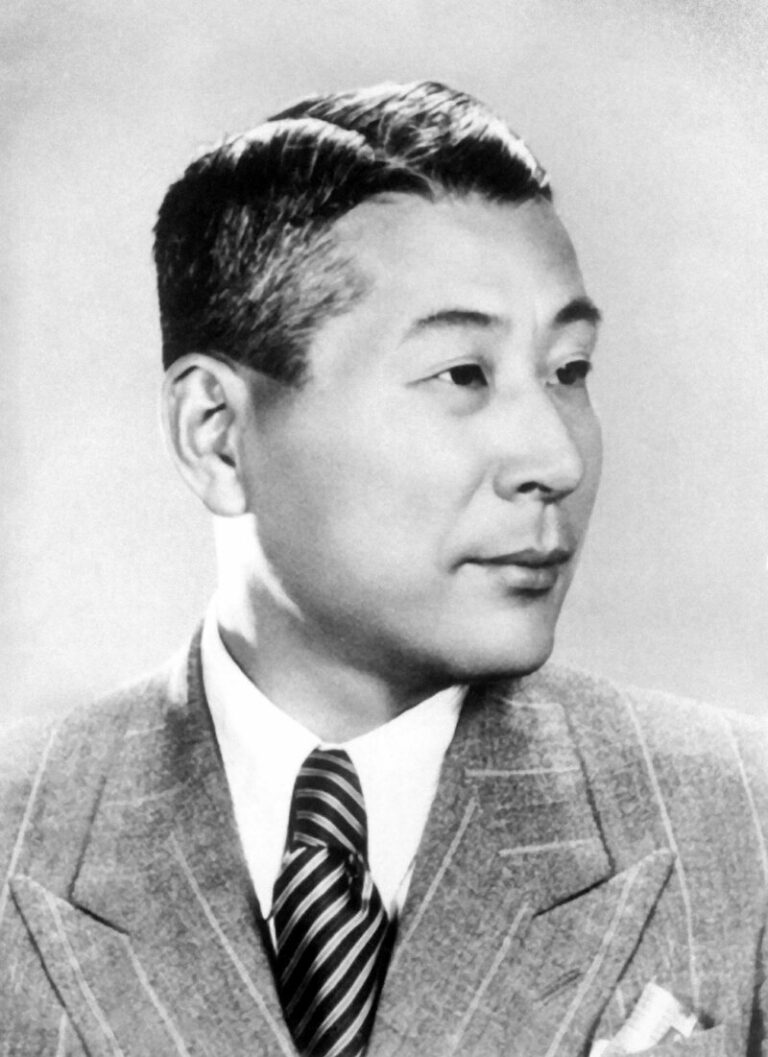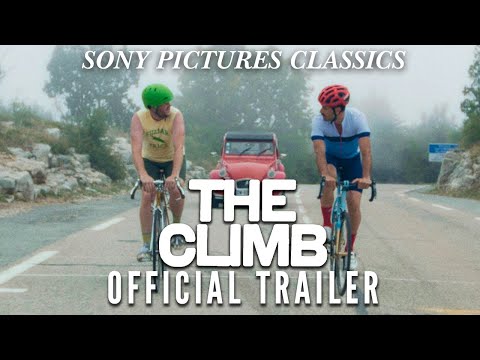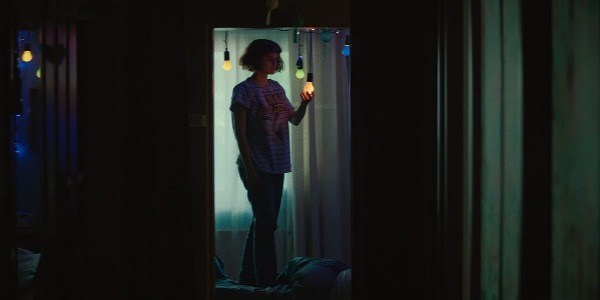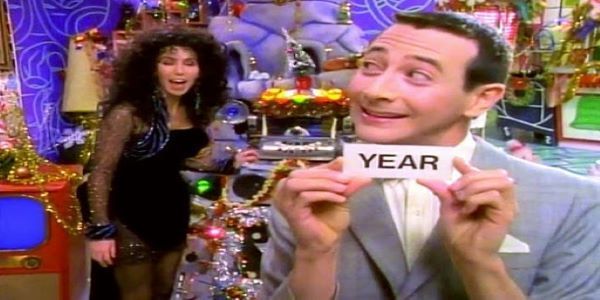Comic Book Legend Stephen R. Bissette Wrote a 660 Page Book About Cronenberg’s ‘The Brood’
Movies are infections. Or, at least, the good ones are. They come in through your eyes, and root around in your brain; from there, they poison the bloodstream, seeping into every particle of your being. Days, months, years, decades go by, but the best films remain inside. Before I experienced David Cronenberg, I was a different person, and as his films pickle my innards, my self is continually changing. There’s just no going back.
Such a relationship with Cronenberg is not a unique phenomenon.
Stephen R. Bissette is largely known for his radical work alongside Alan Moore and John Totleben on The Saga of the Swamp Thing series from DC Comics. The book decimated readers’ perceptions as it revealed the title hero to be more plant than man, introducing the philosophically psychedelic realm of The Green, and bringing adult and mainstream eyes to an entertainment often callously dismissed by parochial intellectuals. Amongst its pages is where comic books grew up, preparing minds for the coming of Watchmen and The Dark Knight Returns.
In the time since Swamp Thing, Bissette self-published the landmark horror anthology series Taboo (the birthplace of From Hell), redefined the dinosaur comic with Tyrant and dared cartoonist Scott McCloud into launching the 24-hour comic project in 1990, which still flourishes. Bissette spends a large portion of his time these days teaching at the Center for Cartoon Studies as well as writing works of fiction and critical thinking. His latest achievement is a massive tome devoted to Cronenberg’s The Brood.
Currently available from P.S. Publishing, Bissette’s gargantuan analysis of the film spins out of their Midnight Movie Monograph series edited by Neal Snowden. Bissette’s take is not some mere celebration of Cronenberg’s film. He wishes to do more than highlight the significance of the work as it propels its director to greater glories such as Videodrome and The Fly. Bissette claims The Brood as Cronenberg’s masterpiece, plunging the reader into the whos, whats, whens, hows, and whys of creation, unearthing a vast network of influences whether consciously or subconsciously considered by the filmmaker.
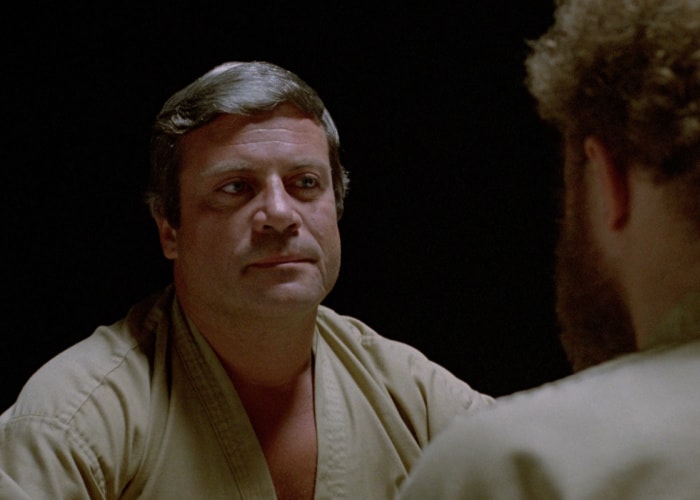
“Yep, it’s true,” says Bissette with a laugh. “I did it. I wrote a 660-page book about The Brood.”
The film astounded and boggled Bissette when he finally got around to seeing it in the early ’80s. Living in Vermont, the trek to watch a movie was more quest than drive, but a three hour travel time was a small cost to accomplish cinematic enlightenment. Thanks to They Came From Within and Rabid, Bissette came to his first-watch of The Brood already a Cronenberg crony. He thought he was prepped, but the experience rattled him physically. After forty years of stewing with the film, his compulsion to understand and describe The Brood‘s effect on his person resulted in a big brick of a book.
“The movie was mind-blowing,” he says. “But The Brood was a film that, almost a decade later, became a lifeline. It articulated things that were going on in my life and in my marriage that my first wife and I only dealt with by the end of the ’80s.”
The Brood is a devastating evisceration of a relationship. Frank (Art Hindle) attempts to care for his daughter (Cindy Hinds) while his wife Nola (Samantha Eggar) is sequestered behind the walls of a ranch an experimental psychologist (Oliver Reed)’s ranch. As the husband begins to notice strange marks on his daughter, various loved ones and associates fall victim to murderous beatings. Released in the same year that produced Kramer vs. Kramer, The Brood resonates because its fantastical elements truthfully capture the rage, pain, and anguish undergone by a shattered family.
“Because it’s a metaphor, it’s more powerful,” explains Bissette. “And because he chose a metaphor and chose not to do it as a drama, it has a timelessness about it. By making it an imaginative work of art, it has outlived Kramer vs. Kramer, which was the biggest movie of 1979, and a movie I saw with my ex-wife, or soon-to-be-ex-wife, and I barely remember it, whereas, I could not forget The Brood.”
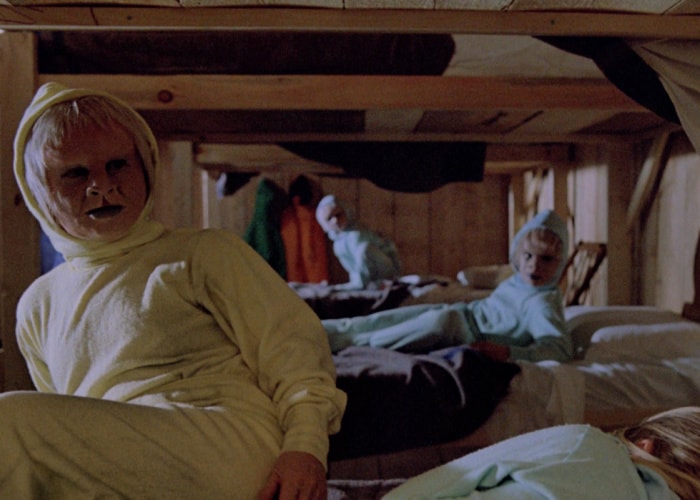
Much has been made regarding how Cronenberg wrote The Brood as a response to his traumatic experience with divorce. We can glean details regarding his separation from his first wife through the Canadian public record, and as a result, we can also see how the tumultuous culture surrounding this particular event in his life erupted violently upon the screenplay.
“At the time that Cronenberg was writing and then filming The Brood,” says Bissette, “between mid-November and Christmas of 1978, Canada was going through this social upheaval involving alternative belief systems, religious cults, and groups like the Moonies. They were also dealing with the backlash against those cults that involved deprogrammers.”
Oliver Reed’s Dr. Raglan represents a dangerous interloper, claiming to understand Nola’s anger in ways that Frank could not possibly comprehend. At the start of the film, he’s seen as a villain, but as The Brood progresses, we witness how Nola’s unchecked aggression explodes in catastrophic destruction. Raglan merely sets the stage for her climactic apocalypse.
“[Cronenberg’s] first wife was gravitating to one of these alternative belief system groups,” continues Bissette, “and Cronenberg says it wasn’t a religious cult, it was a discipline, like Buddhism or something, but, still, it was an upsetting factor because his wife was going to move from Canada and take their daughter with her, and that’s when Cronenberg intervened.”
As such, The Brood reads like Cronenberg is jamming facsimiles of himself and his first wife into the roles of Frank and Nola, where the poor husband falls prey to the uncontrollable wife. The filmmaker’s exasperation and frustration for his predicament are everywhere in the narrative, while the point-of-view of his one-time partner is denied space in his creation. Nola takes on the brunt of Cronenberg’s burden.
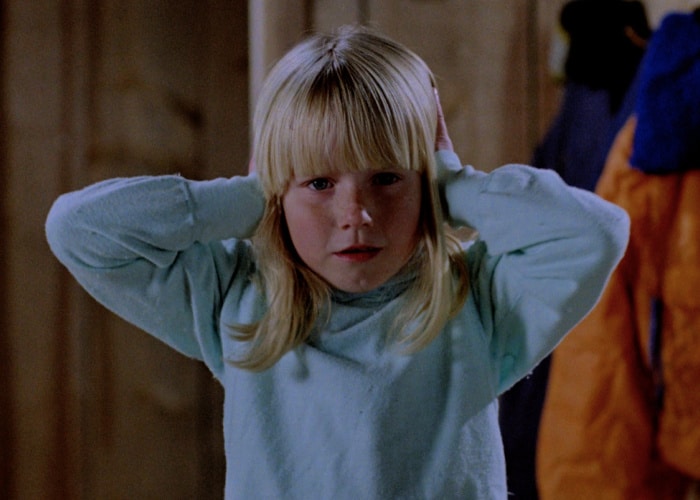
“I feel like The Brood wrestles with the emotional terrain with honesty and candor,” says Bissette, “and I push back in the book at great length against the assessment of it being a misogynist work. Nola is an incredibly powerful character in the film. She manifests aspects of what is involved when couples, when partners, when marriages fall apart, in a way that’s far more dimensional and far more resonant and way more troubling, because of how far it pushes the envelope. It resonated in 1979, in 1980 or ’81 when we saw it, and it resonates in the present day.”
The Brood planted itself in Bissette’s imagination and metastasized. What he sensed after his first sit with the film grew exponentially over the proceeding years. Cronenberg’s metaphor allowed for Bissette to recognize a sore rupturing in his partnership.
“I’m still best friends with my first wife, Marlene,” he says. “With her permission, I talk about how, by 1988 or ’89, she was beginning to suffer from recovered memories of having been abused as a child. It completely threw a monkey wrench into our family life — we had two kids.
“We stayed close. We got through it, but at the tail end of it, once she was back on her feet after much therapy and much work with support groups and being an artist working with other women artists who also had recovered memories of being abused when they were kids, our marriage was in shambles. There was nothing left for us.”
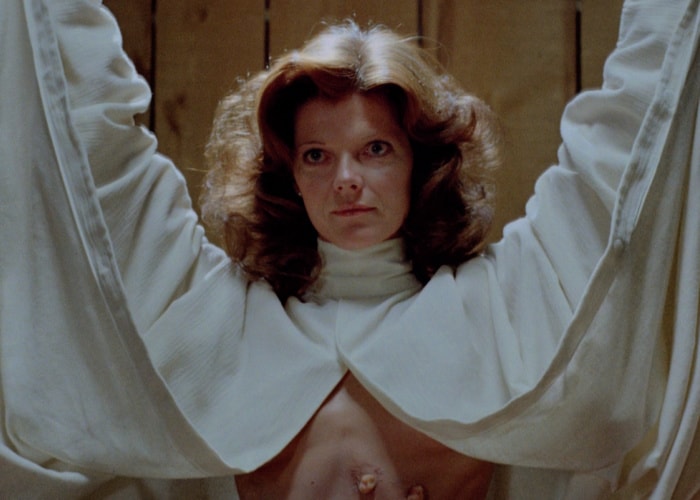
Where do you go when life becomes so unbearably complicated? How do you process such pain and confusion? As a movie maniac and artist, Bissette turned to art and found comfort.
“The Brood was my only lifeline during that period,” he continues. “At the time we were going through it, there were a lot of support books, and there were many, many support networks for people going through what Marlene was going through, but there was nothing for wives or husbands of people that were partnered to somebody going through that.
“The Brood became the only artifact in the entire culture and pop culture landscape that dramatized so many of the emotions I was dealing with. I felt like Art Hindle’s Character, Frank Carveth. I was over my head. I was overwhelmed. I was just trying to do everything I could do for my family. Fortunately, Marlene was not giving birth to externalized rage babies.”
Bissette saw one movie in 1980 or ’81, but as it lived within him, The Brood revealed itself as something different. A decade later, and David Cronenberg’s film was still mutating and shifting to meet the needs of its audience. The creator who so often gets boiled down to the oversimplified handle of “Body Horror Provaceteur” provided a necessary buoy for Bissette.
“To me, that’s the power of the horror genre,” he says. “Throughout my life, there have been creators that work in the genre, or individual works in the horror genre, that were really critical to my getting through some kind of trial or tribulation. The Brood was that during my adult years.”
Six hundred and sixty pages is an appropriate response for a film that represents so many different sides to both the author and the filmmaker. Bissette’s dissection splays The Brood wide open, divulging not just how it came to be, but how it continues to be forty years after inception. Engaging in such an intense fashion with one cinematic achievement invites further rigorous discourse with other films.
Look inward, what movies are pulsating and circulating below your surface? They need to get out. Let them.
Stephen R. Bissette was incredibly generous with his time regarding this conversation, and it ventures into several arenas not explored within this article, including how M.R. James may be the genesis for The Brood. If you would like to listen to our chat in its entirety, you can do so by clicking HERE.
